
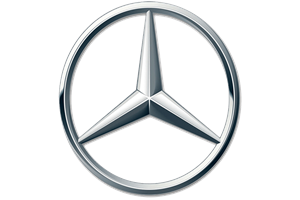

This edition of the Mercedes SL Class 73 AMG V12 R129 is the 5 speed / Auto version and was first brought out in 1999. This was at around the same time as the introduction of the and the .This particular Mercedes SL Class has a 7291cc Naturally Aspirated Petrol powerplant with 12 cylinders in a V formation.
The SL Class shares its Petrol V12 engine configuration with the likes of the 2021 Aston-Martin Valkyrie Spider 6.5 V12 and the 2021 Aston-Martin Valkyrie Coupe 6.5 V12. If you're looking for other fast cars which share the SL Class's Rear Wheel Drive, Cabriolet combination then how about the 1982 Fiat X1/9 1.5 8V or the 1965 Aston-Martin DB6 1965.
Weighing in at 2050 kgs (4519 lbs) this makes the Mercedes SL Class 73 AMG V12 R129 in the same weight category as the 2022 Ferrari Purosangue 6.5 V12 or the give or take 50kg.
![Bentley Continental GT 4.0 V8 Turbo Convertible - [3996] image Bentley Continental GT 4.0 V8 Turbo Convertible - [3996] image](/editionimages/2058.jpg)
The Mercedes SL Class shares the same bhp with the 3996 Bentley Continental GT 4.0 V8 Turbo Convertible (542 bhp)
In terms of power the 7291cc 48V V12 engine produces 517 bhp (385 kW) @ 5500 rpm similar to the 3996 Bentley Continental GT 4.0 V8 Turbo Convertible (542 bhp) or the 2024 Ford Mustang Dark Horse 5.0 V8 (500 bhp).
The Naturally Aspirated V12 throws out 553 lb-ft (749.7 Nm) @ 4000 rpm placing it with cars of similar torque performance figures such as the 3996 Bentley Continental GT 4.0 V8 Turbo Convertible (568 lb-ft) or the 2023 Ferrari Roma Spider 3.9 V8 Turbo (561 lb-ft).
If one combines the weight with power or torque performance for the Mercedes SL Class you can get a better idea of it's real world performance.
![BMW 3 Series M3 E92 GTS - [2010] image BMW 3 Series M3 E92 GTS - [2010] image](/editionimages/813.jpg)
The 2010 BMW 3 Series M3 E92 GTS (276.6 bhp per ton) has similar Bhp Per Ton stats as the Mercedes SL Class.
The Mercedes SL Class has a Power to weight ratio of 252.1 bhp per ton and 269.7 lb-ft per ton. Bhp Per Ton figures of the 1999 SL Class competing with the 2010 BMW 3 Series M3 E92 GTS (276.6 bhp per ton) or the 2017 Porsche 911 Carrera 4 GTS Targa PDK (276.6 bhp per ton).
If you agree with the late great Carroll Shelby then arguably an even better indicator of potential performance, Torque. Use weight as well and you end up with - Torque per ton, with the Mercedes SL Class generating around 269.7 lb-ft per ton. If you're curious as to what other cars have as much torque to weight then look no further than the 1999 Ariel Atom 300 Supercharged (294.5 lb-ft per ton) or the 2015 Aston-Martin Vantage GT3 5.9 V12 (294.5 lb-ft per ton).
With a 0-60mph time of 4.80 secs or a 0-100km/h (0-62mph) of 5.0 secs, this made the Mercedes SL Class 73 AMG V12 R129 as fast as the 2021 Porsche Taycan 4 Cross Turismo (4.80 secs) the 2020 Audi TT S Turbo 50 TFSI (4.80 secs) the 2018 Rolls-Royce Cullinan 6.7 V12 Turbo (4.80 secs) the or the 2017 Maserati GranCabrio Sport 4.7 V8 (4.80 secs). This Mercedes SL Class 73 AMG V12 R129 is also faster than the 2023 Toyota Corolla GR Morizo Edition 1.6 Turbo (4.90 secs) the 2022 Mini Cooper Countryman John Cooper Works 2.0 Turbo (4.90 secs) the 2021 Ford Mustang GT 5.0 V8 (4.90 secs) the and the 2020 Honda Civic Type R 2.0 16V Touring (4.90 secs).
When talking about the performance of the Mercedes SL Class on the drag strip it can reach a quarter mile in an estimated 13.03 secs @ 105.0 mph. Similar performance down the quarter mile can be found with the the 1966 Oldsmobile Starfire 7.0 V8 (12.97 secs), the 2007 BMW 5 Series 550i M-Sport (12.97 secs), and the 2011 Porsche Panamera GTS 4.8 V8 (12.97 secs).
Modern performance cars are often artificially restricted to 155mph. The 1999 version of the Mercedes SL Class 73 AMG V12 R129 has a maximum speed of 155mph.
If maxing out your car on the AutoBahn is your thing and you're wondering what's faster than the 1999 Mercedes SL Class 73 AMG V12 R129 then how about the 2024 Ford Mustang Dark Horse 5.0 V8 (166 mph), the 2022 Ford Mustang GT 5.0 V8 (166 mph), or the 2021 Ford Mustang Mach 1 5.0 V8 (166 mph).





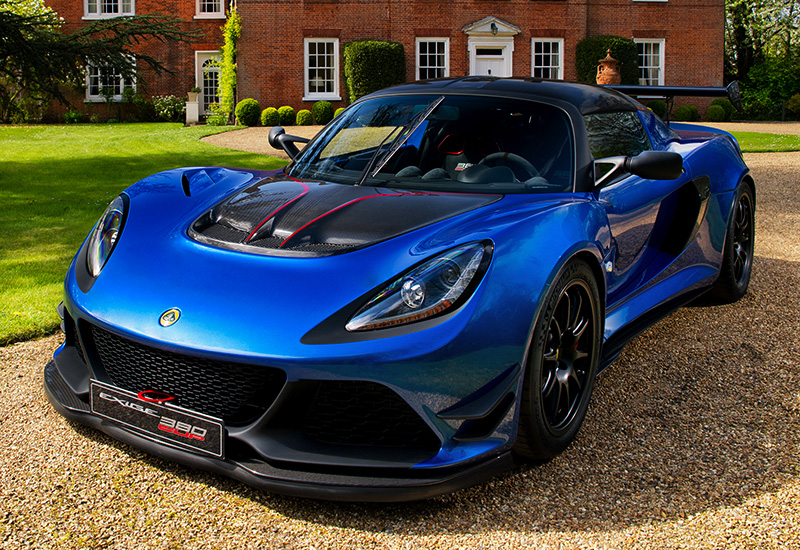

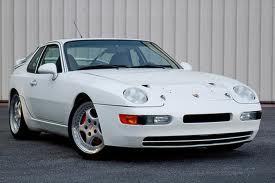
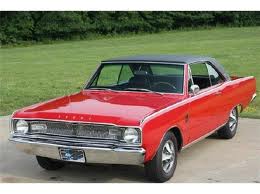

Chevrolet El Camino SS 454 LS6
Engine: Naturally Aspirated Petrol | 7446cc 16v V8
Top Speed: 105 mph
0-60mph: 5.00 seconds
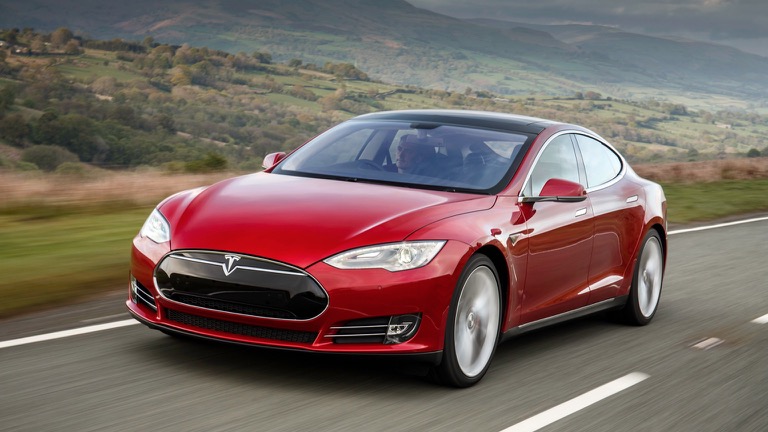
Lexus GS -F 5.0 V8
Engine: Naturally Aspirated Petrol | 4969cc 32v V8
Top Speed: 270.3 kph
0-100kph: 4.6 seconds



















